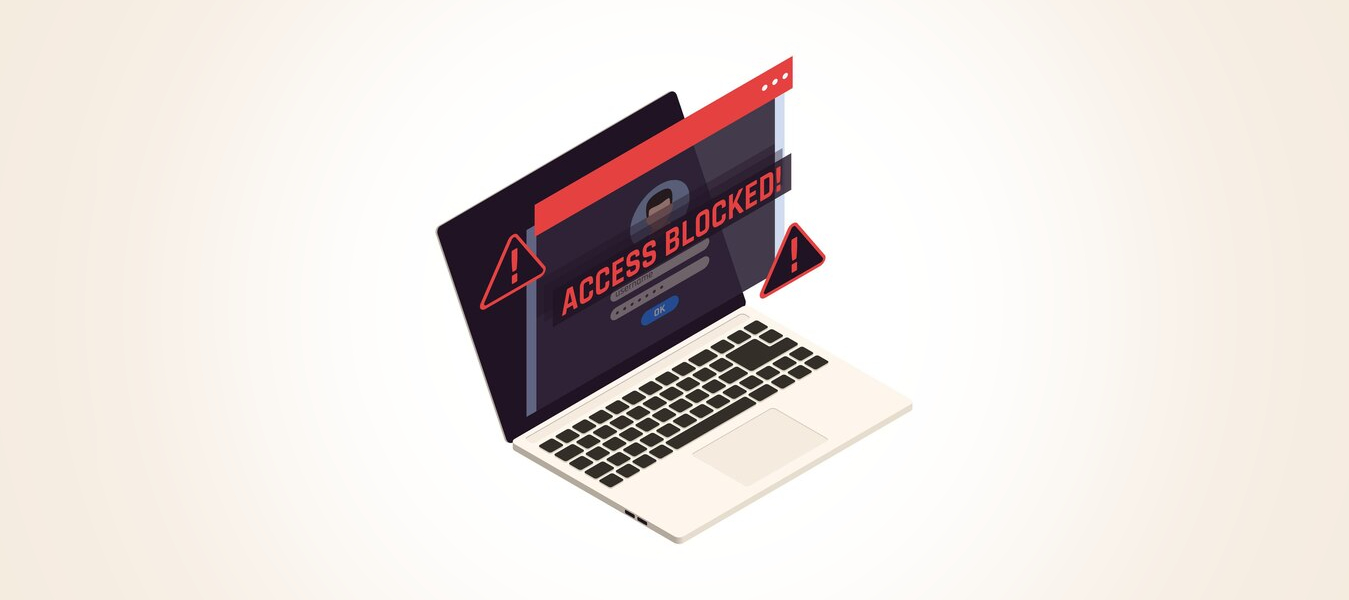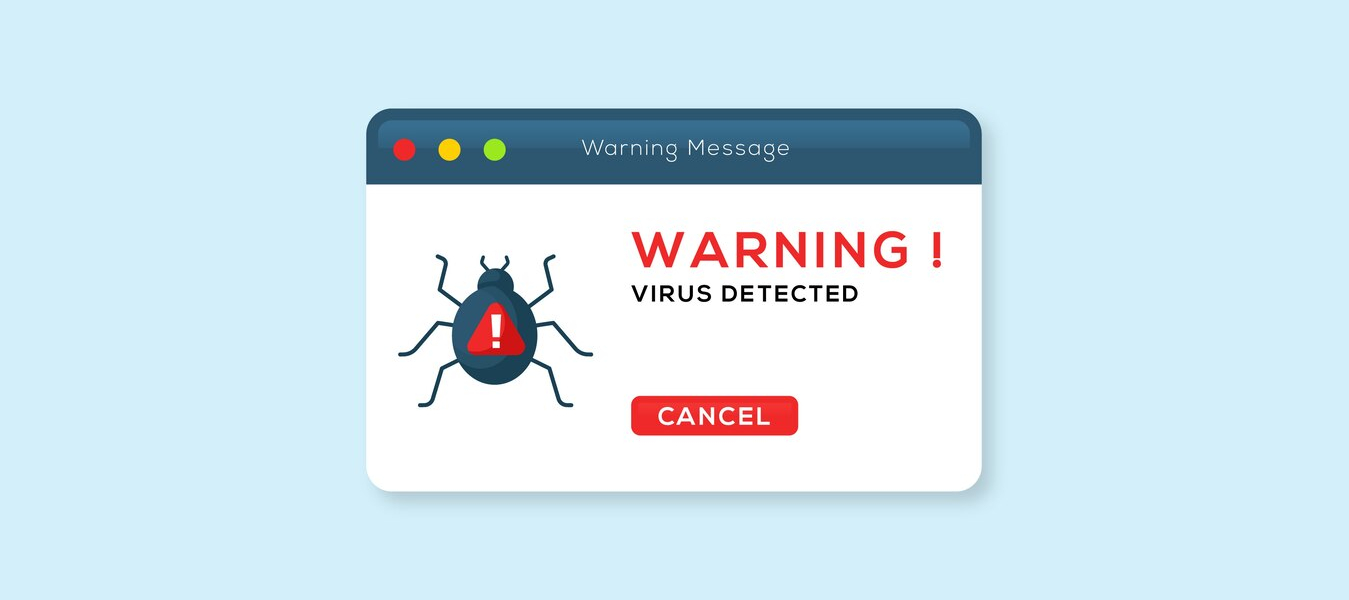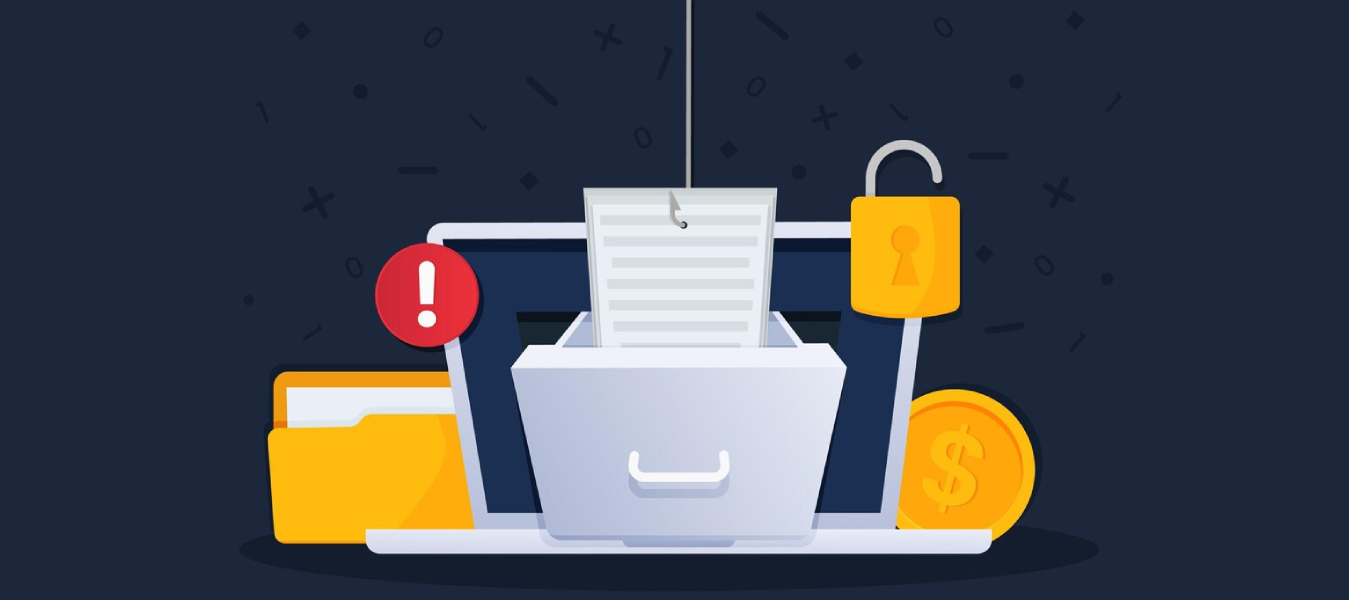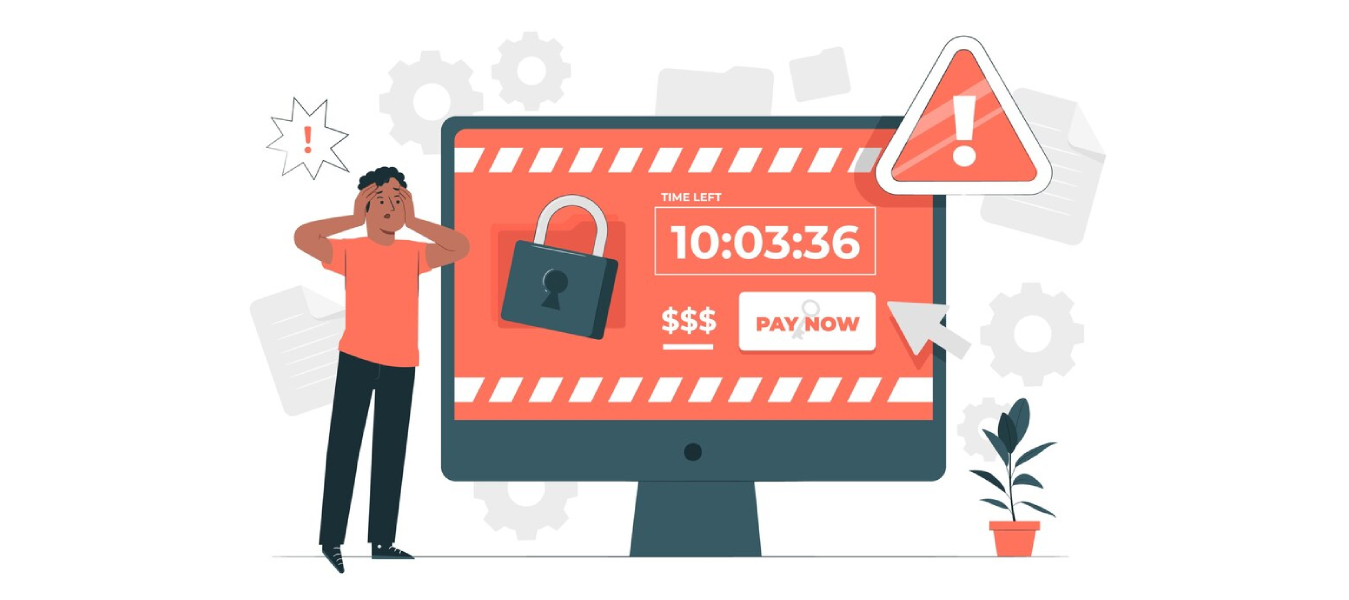
Denial of Service (DoS) Attack
What is a Denial of Service Attack?
A Denial of Service (DoS) attack is a malicious attempt to disrupt the normal functioning of a network, service, website, or system by overwhelming it with a flood of illegitimate traffic or other malicious activity. The goal of a DoS attack is to render the targeted resource temporarily or indefinitely unavailable.
Common Types of DoS Attacks
Common types of DoS attacks include:
Volume-Based Attacks: Overwhelming the target with a massive volume of traffic, such as a flood of packets or requests.
Protocol-Based Attacks: Exploiting weaknesses in network protocols to consume resources and disrupt services.
Application Layer Attacks: Targeting specific applications, such as web servers, to exhaust resources and disrupt services.
Distributed Denial of Service (DDoS) Attacks: Coordinating multiple compromised devices to execute a synchronized attack on a target.
Targets of DoS Attacks
DoS attacks can target a wide range of entities, including:
- Websites and online services.
- E-commerce platforms, causing financial losses.
- Financial institutions, potentially disrupting banking services.
- Educational institutions, affecting online learning.
- Government agencies, compromising critical services.
- Healthcare organizations, endangering patient care.
How DoS Attacks Work
Overwhelming Resources
DoS attacks work by overwhelming the resources of the target, causing it to become unresponsive or slow to a point where it’s effectively unusable. This is achieved through the flooding of network bandwidth, exploiting software vulnerabilities, or saturating system resources like CPU or memory.
Distributed Denial of Service (DDoS) Attacks
DDoS attacks involve multiple compromised devices, forming a botnet, to simultaneously target a victim. Attackers use these devices to flood the target with traffic, making it difficult to mitigate the attack. DDoS attacks can vary in scale and complexity.
Consequences of DoS Attacks
DoS attacks can lead to:
- Downtime, impacting productivity and customer satisfaction.
- Financial losses, including lost revenue or the cost of mitigating the attack.
- Reputation damage, eroding trust and brand image.
- Regulatory and legal consequences in the event of data breaches.
- Disruption of essential services, such as healthcare or emergency services.
- The potential for attackers to demand ransom payments for cessation of the attack.
Preventing DoS Attacks
Best Practices for Individuals
Individuals can protect themselves from DoS attacks by:
- Ensuring their devices are updated with the latest security patches.
- Using antivirus and anti-malware software.
- Being cautious about clicking on suspicious links or downloading unverified files.
- Using strong, unique passwords for online services.
- Employing a Virtual Private Network (VPN) for added security.
- Monitoring network traffic for unusual patterns.
Best Practices for Businesses and Organization
Businesses and organization can enhance their cybersecurity by:
- Employing network security measures like firewalls and intrusion detection systems.
- Implementing rate limiting and traffic filtering to mitigate DoS attacks.
- Developing an incident response plan for DoS incidents.
- Utilizing content delivery networks (CDNs) to distribute traffic and mitigate attacks.
- Regularly testing the resilience of their infrastructure against DoS attacks.
- Collaborating with Internet Service Providers (ISPs) and DDoS mitigation services.

